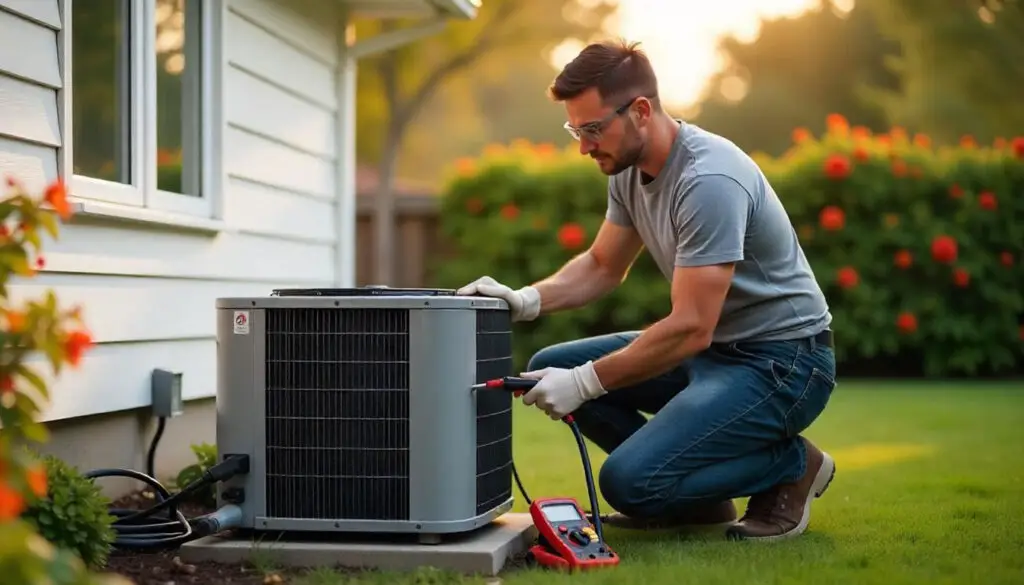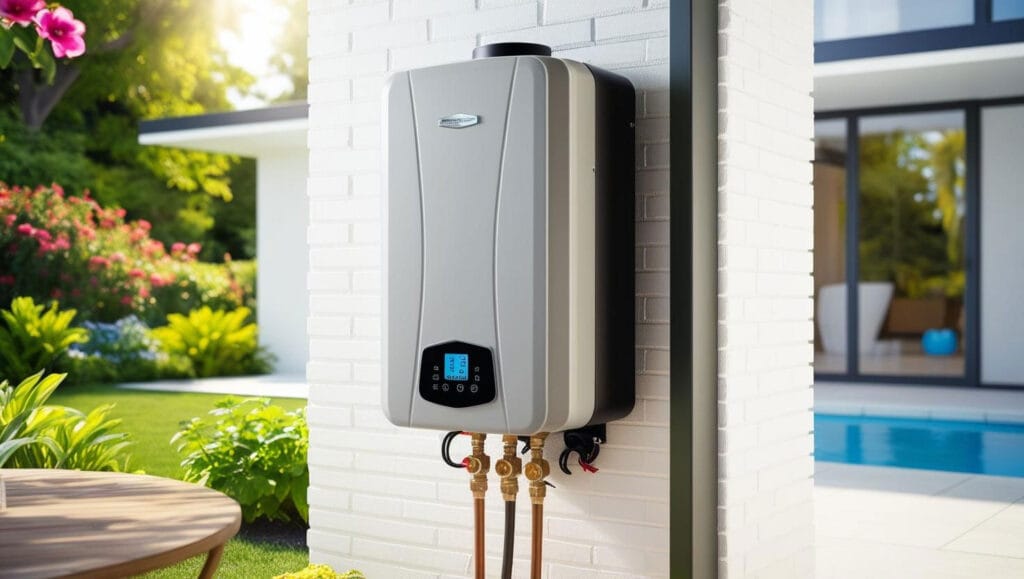The air conditioner is a part of modern homes. When your AC breaks on a scorching summer day, panic sets in. But before you dial a technician and rack up a hefty bill, many common cooling issues have simple DIY fixes. Think of troubleshooting like cleaning a dirty window: sometimes, a little effort reveals the real problem hiding beneath the surface. Let’s know about homeowners’ top 5 AC problems and how to tackle them safely.
1. Bad Capacitor
Symptoms:
- An indoor fan blows warm air.
- The outdoor unit hums but won’t start.
- The compressor stays silent (even if the fan runs).
DIY Fix:
Capacitors kickstart your AC’s motors; replacing them is simpler than you think.
- Turn off the power to the unit.
- Document wiring connections (snap a photo!), then swap the old capacitor with a matching new one.
- Check for rust or bulging—a sure sign it’s dead.
Pro Tip: Capacitor issues mimic motor failures. The capacitor is likely the culprit if the fan spins freely after a gentle nudge.
When to call a technician: If the wires look fried or you’re uncomfortable handling electrical components.

2. Low Refrigerant
Symptoms:
- Weak cooling despite the AC running.
- Less than 15°F difference between supply and return vents.
DIY Checks:
- Clean the condenser coils and replace air filters (clogs reduce efficiency).
- Use a probe thermometer on vents. A 15–20°F drop is ideal.
Key Insight: Low refrigerant usually means a leak. Topping it off without fixing the leak is like refilling a flat tire.
When to Call a Pro: Handling refrigerant requires EPA certification, so leave this to licensed technicians.
3. Clogged Condensate Drain
Symptoms:
- Water pooling near the indoor unit.
- Musty smells or high humidity.
DIY Fix:
- Locate the PVC drain line near your air handler.
- Blast clogs with compressed air or suction using a wet/dry vacuum.
- Pour a 50/50 vinegar mix monthly to prevent algae buildup.
Pro Tip: A stuck float switch can shut off your AC. Clear the drain first before resetting the system.
4. Faulty Control Board
Symptoms:
- AC and heat run simultaneously.
- The fan won’t turn off, or the evaporator coil freezes.
DIY Checks:
- Test thermostat settings (replace batteries if needed).
- Use a multimeter to check for voltage at the control board terminals.
When to Call a Pro: Rewiring or replacing the board requires expertise to avoid damaging the system.
5. Dead Condenser Fan Motor
Symptoms:
- The outdoor fan doesn’t spin; the compressor steams or smokes.
DIY Fix:
- Test the capacitor first (it’s cheaper and easier to replace).
- Lubricate the motor bearings if the blade resists spinning.
Pro Tip: A freely spinning blade points to capacitor issues, not motor failure.
Conclusion
Most AC problems aren’t emergencies, much like maintaining home gardens; they often thrive with routine care. Start with simple fixes such as replacing capacitors, clearing drains, or cleaning filters to save hundreds. But know your limits: Refrigerant leaks and complex electrical work demand professional help, just as stubborn garden pests might need an expert’s touch.
Safety First: Always shut off power at the breaker before inspecting electrical components.



